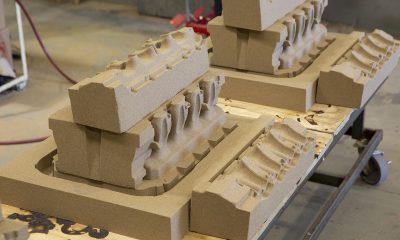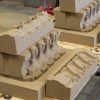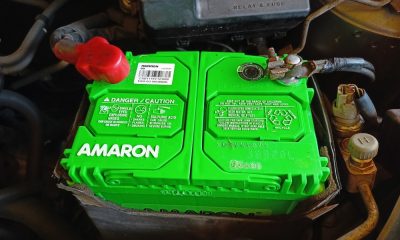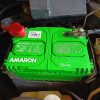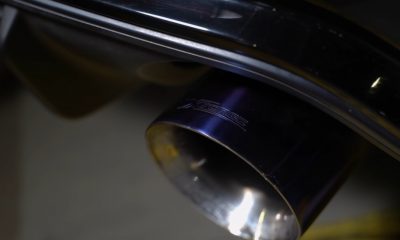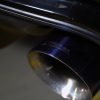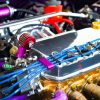Automotive
Getting the Most Out of Your Ford Mustang with Aftermarket Exhausts
Ford Australia may have ceased local production in 2016, but parent company Ford USA soon filled the void for homegrown muscle cars produced by the Blue Oval (like the XR6 and XR8) with the legendary nameplate that is the Ford Mustang. This hit Australian shores in 2015 with either a turbocharged 2.3-litre Ecoboost engine pumping close to 300hp, or the more interesting 5-litre aspirated V8 and all of its 410 ponies under the hood.
Aussies again got to rejoice in old-school V8 power, linear acceleration, and tyre-burning rear wheel fun. The car has since had a welcome facelift, and the next-gen model is about to be showcased in dealerships. The few years the Mustang has been Down Under means aftermarket accessories are now more available, either stateside or from local manufacturers. The aspirated Mustang in particular is a tuner’s dream, with more power still lurking under those 5000ccs of displacement.
Simple mods, like a bespoke Mustang exhaust piece, are where most work begins. This helps the engine breathe a bit better, brings more power down to the wheels, and nets drivers a low, rumbling roar when stepping on the pedal. Mind you, with today’s petrol prices, owners can also save some cash at the servo with the car sipping less fuel.
Mustang owners can find a range of local and international brands catering to the car. Exhausts are readily available for both the 2.3 and 5-litre powerplants and come in some interesting layouts, a much better build compared to stock variants, and a few features guaranteed to turn heads.
Why Change Your Car’s Stock Exhaust?
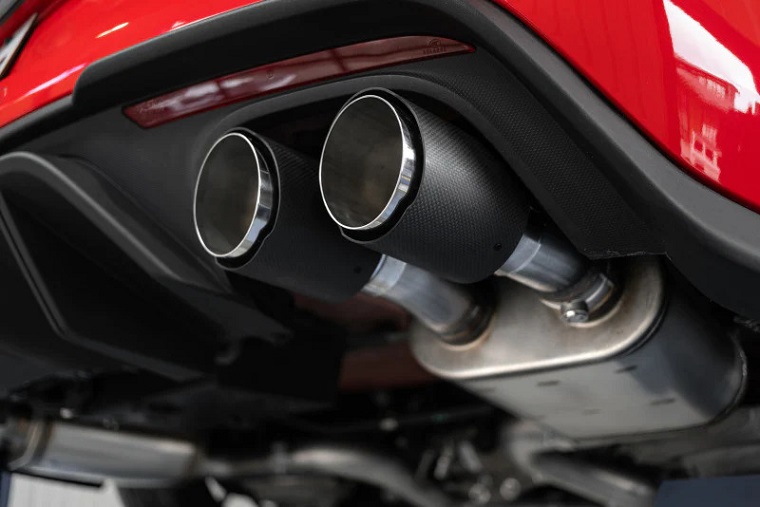
The Mustang roars a nice melody from the tips even while idling. But owners can fine-tune the sound, especially in mid to high revs, and add more presence and a distinct growl. This is done with simple additions like mufflers or straight pipes that bolt onto the rest of the modular design. While the sound is one feature most owners will appreciate in an aftermarket exhaust, it’s the power gains that are the main selling point.
Both versions of the car aren’t short on power, but what the wider tubing and revised layout allow is for better combustion, meaning more efficient fuel and air burn. Full systems have a claimed increase of 10 percent, so the added 40 or so brumbies to the back wheels bring in better acceleration from a standstill and in gear, improved throttle response and more feedback through the wheel.
There’s also an evident increase in torque (a trademark of aspirated V8s) even from lower revs. Sound and power hold little value if the piping you’re adding to the Mustang isn’t built to last. Here an aftermarket Mustang exhaust makes use of better materials, shying away from inferior crush-bent mild steel in the stock exhaust and instead going for higher-grade stainless steel that’s strengthened through mandrel bending and coated against corrosion.
The material warrants unparalleled durability when faced with high temperatures and pressure hitting the thicker side walls when revving out the engine. It also holds up much nicer when hitting potholes, bumps, and all types of road debris, so won’t kink or deform no matter what. And to add, better materials also mean substantial weight savings over stock (a full system sheds over 20 kilos) so keep this in mind if you’re doing laps around a track.
Lastly, there are the finer details most of us overlook. Tips can be optioned in widths, materials, and finishes that suit personal tastes or the look of the car, and mounting hardware is tailored to remove vibrations at high speed so as not to interfere with the tune the engine is singing.
Getting the Right Exhaust
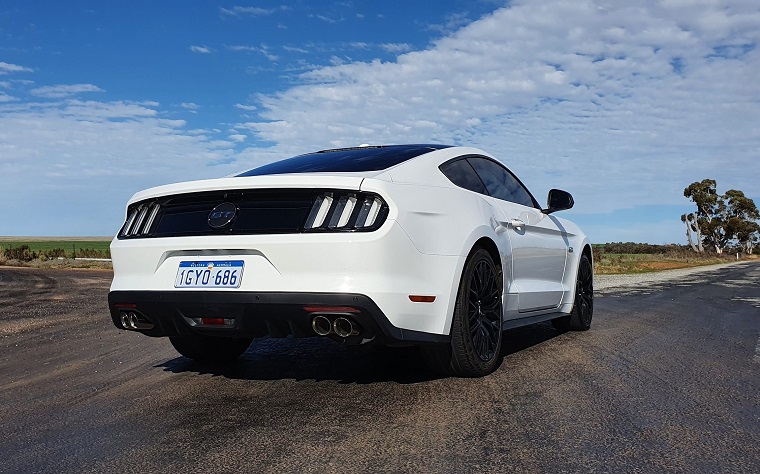
There are several types of Ford Mustang exhaust systems to choose from. These differ in the parts, the price, and the performance gains they promise. Axle-back variants are cheaper and usually have uprated mufflers with wider layouts (straight pipes and baffles) that keep more of the V8 sound, lighter and stronger tailpipes, and some interesting options for the tips, like carbon fibre and titanium. Power gains are subtle but still evident.
Header-back systems use revised headers for improved exhaust scavenging, or how the engine gets rid of spent gases while it readies itself for a new combustion cycle. ‘Shorty’ headers ending in a wider collector pipe are matched to longer mid pipes. Road users will want to retain the stock catalytic converter or go with a high-flow variant that ensures both better airflow and improved emissions, while Mustangs seeing only track use can be fitted with a cat-less straight pipe.
These are some of the more common changes made to the aspirated V8. The turbocharged four-pot gets uprated downpipes and extractors to make better use of turbo spooling, again resulting in power gains across a wider power band. Improved airflow and combustion also means the engine holds onto more power at higher revs, so less time is lost in gear changes.
A balance between the two types, and undoubtedly a more popular option, are cat-back systems that change all parts and piping from the catalytic converter to the tips. They include wider mid-section piping and all the goodies in axle-back exhausts. Wider pipes along more of the exhaust guarantee additional power and torque, build up the sound and shed weight. This is a good option if the price of full header or turbo-back systems is not within budget. Look for mid-pipes in either X-pipe layouts for more pronounced power gains and a raspier and higher-pitched exhaust note, or choose H-pipes for subtle gains and a deeper sound.
Summing Up
The Mustang may be an import, but it’s a worthy substitute for Aussies’ muscle cars. Aftermarket accessories and parts like exhaust systems build on an already decent motoring package with tons of power, great handling, and driving pleasure. Choose from the vast array of exhaust builds and parts to add a few more horses, improve acceleration, fine-tune the sound, and improve the longevity and looks of your car.
Writing for the blog since 2012, Chris simply loves the idea of providing people with useful info on business, technology, vehicles, industry, sports and travel – all subjects of his interest. Even though he sounds like quite the butch, he’d watch a chick flick occasionally if it makes the wife happy, and he’s a fan of skincare routines though you’d never have him admit that unless you compliment his impeccable skin complexion.

